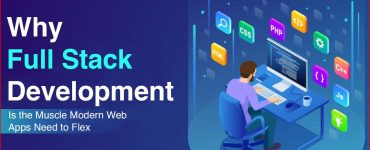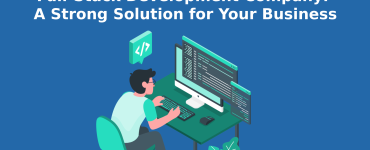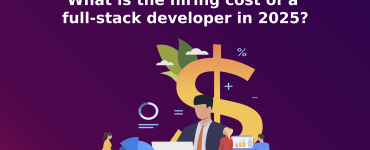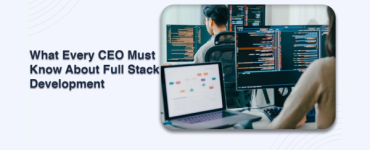
Top Headless eCommerce Platforms: Give Your eCommerce Business Flexibility and Speed
In a digital era where speed, flexibility, and customer experience dictate how successful an online store is, headless eCommerce platforms are the way of the future.
These platforms allow businesses to decouple the front-end (what customers see) from the back-end (where the data lives), giving unprecedented flexibility and agility to make customized approaches—an ideal fit for modern ecommerce website development strategies.
With so many to choose from, how do you find the best headless eCommerce platforms for your business?
Whether you’re a startup, scaling DTC brand, or a B2B company that is modernizing its digital storefront, we’re taking a look at what the top headless eCommerce platforms are as of today, with example companies, pros, cons, and the keywords you’re already searching for.
Let’s get to the foundation.
What Is a Headless eCommerce Platform?
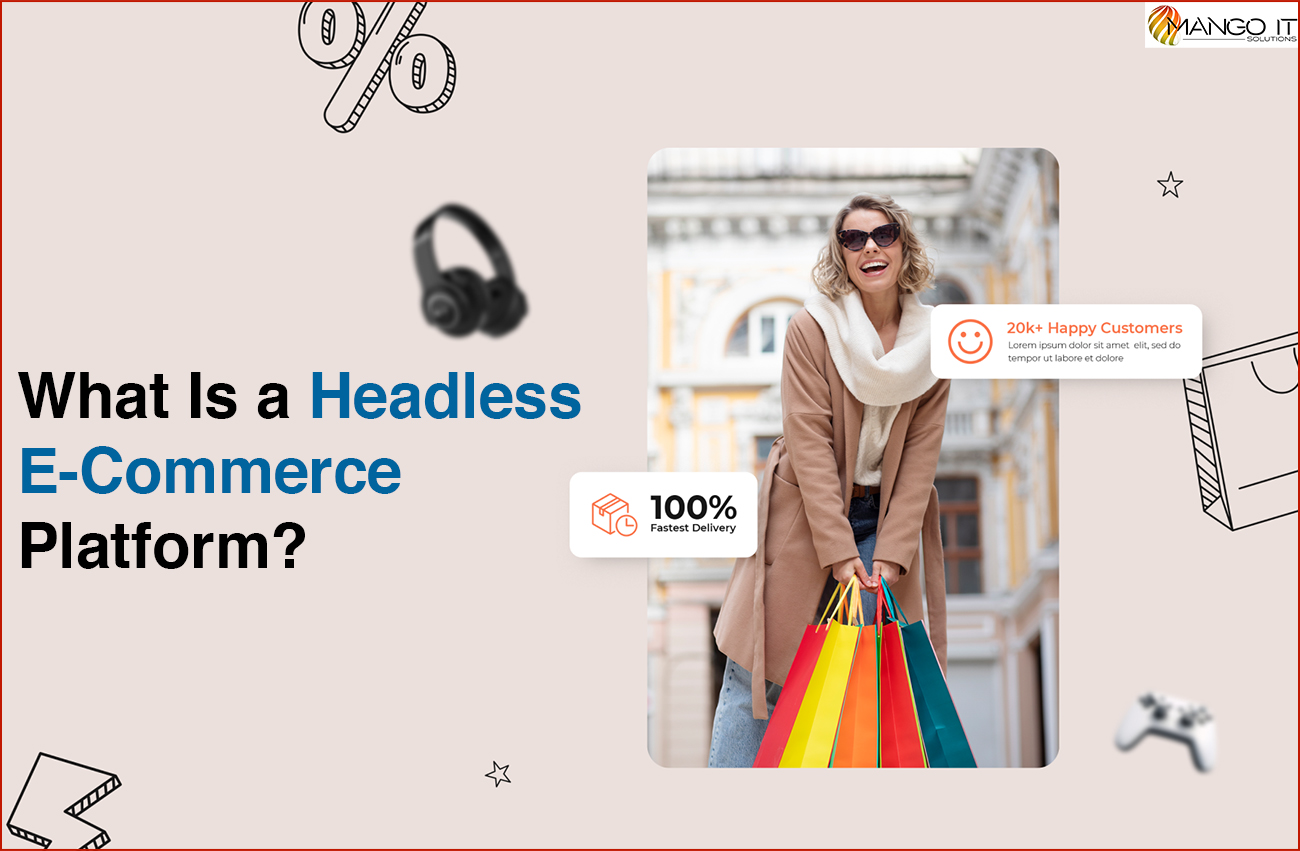

Before looking at the list of headless eCommerce platforms, let’s put the concept of a headless eCommerce platform in context.
A headless eCommerce platform decouples the front-end (presentation layer) from the back-end (commerce engine).
It allows developers to imagine and build unique user experiences on all devices (web, mobile, smart TVs, kiosks), without the constraints of a standard monolithic platform.
In simpler terms…
You can think of it like figuratively going from a fixed chassis on a car to being able to use LEGO bricks instead.
With a traditional eCommerce site, you are modifying the storefront and the backend (commerce engine), and the whole platform is affected.
With a headless architecture, you can build and rebuild the storefront without ever touching the engine.
Headless eCommerce Platform Meaning
In the words of software, a headless eCommerce platform offers:
- A vast backend engine (for managing products, orders, payments, etc.)
- APIs to manage any front-end technology (React, Vue, Angular, etc.)
- Open to deliver experiences anywhere: website, app, voice assistants, even AR/VR.
Why Go Headless?
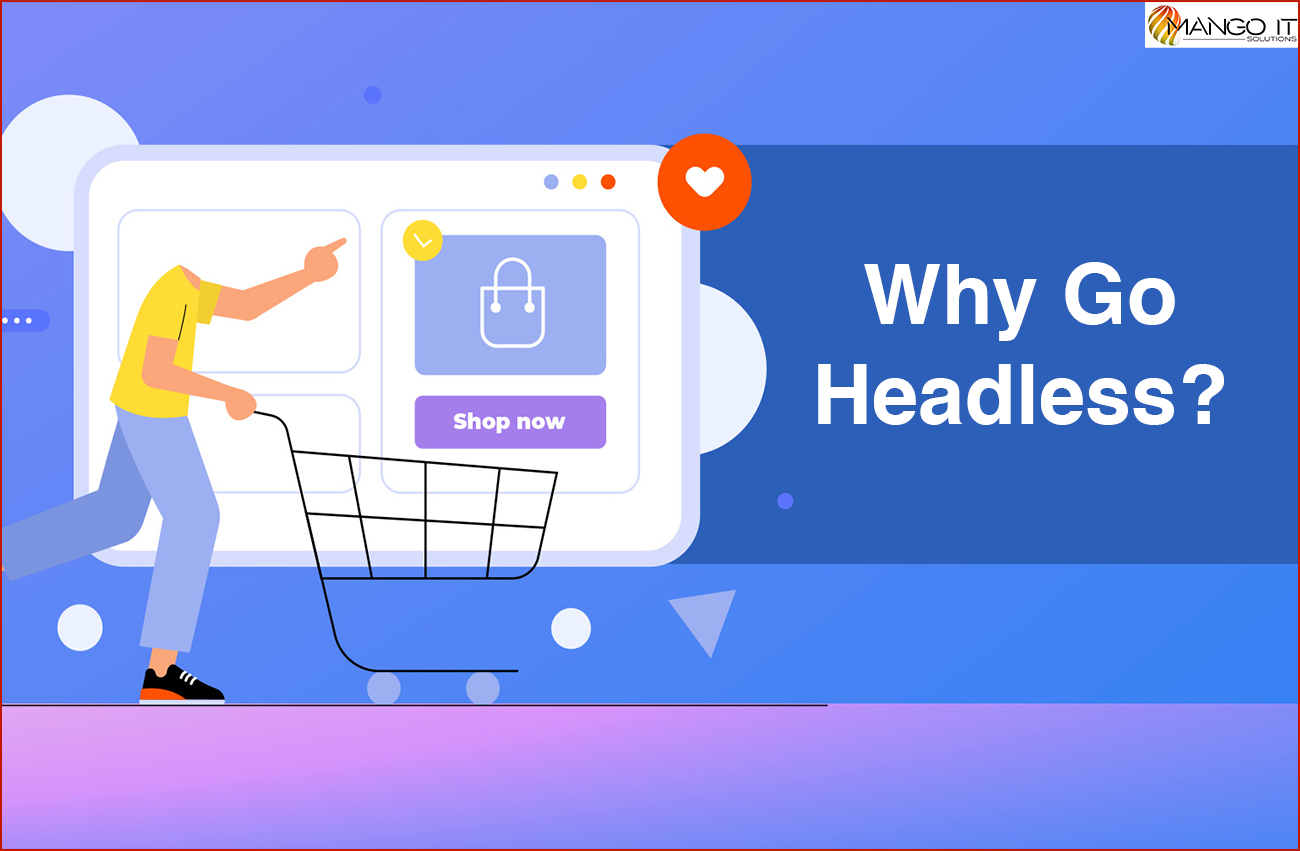

Whether you’re exploring modern eCommerce strategies or already involved in OpenCart website development, here are some key reasons why brands are adopting headless eCommerce platforms:
- Quick-to-Market: Make quick changes to your website without impacting the back-end.
- Omnichannel Selling: Create one customer experience across apps, marketplaces, the IoT, and social media.
- Better UX: Build custom storefronts that are fast and responsive using modern frameworks.
- Scalability: Expand and/or replace front-ends when your brand grows — no replatforming needed.
Salesforce reported that 68% of the companies they surveyed that leaped to headless architecture experienced faster site speed, and 77% experienced faster cycles of innovation.
What to Look for in the Best Headless eCommerce Platforms


Here’s what makes a headless platform stand out:
- Extensive API and SDK offerings
- Developer documentation with ample detail
- Infrastructure that scales and secures
- Open-source or flexible licensing
- Strong community or enterprise-support-grade assistance
Let’s explore the Top Headless Ecommerce Platforms Ruling The Market-
1. Shopify Plus (with Hydrogen & Oxygen)


Best for: DTC brands that want developer control but need to focus on scalability
Shopify’s version of headless eCommerce is Hydrogen (a React-based framework) and Oxygen (their hosting layer for headless storefronts). Together, these offerings are making Shopify Plus a heavy-hitter in the headless landscape and a top choice for advanced Shopify website development.
Features:
- Strong storefront API
- Custom store development with React
- Global hosting via Oxygen
- Integrated payments, checkout, and analytics
Example: The fashion brand Allbirds uses Shopify’s headless stack to deliver a truly unified omnichannel experience.
Pros: Fast, secure, strong ecosystem of apps
Cons: There can be a lot of upfront costs for startups, and it is inherently less flexible than a fully open-source solution.
Type: Proprietary SaaS
2. BigCommerce (with Open SaaS Approach)
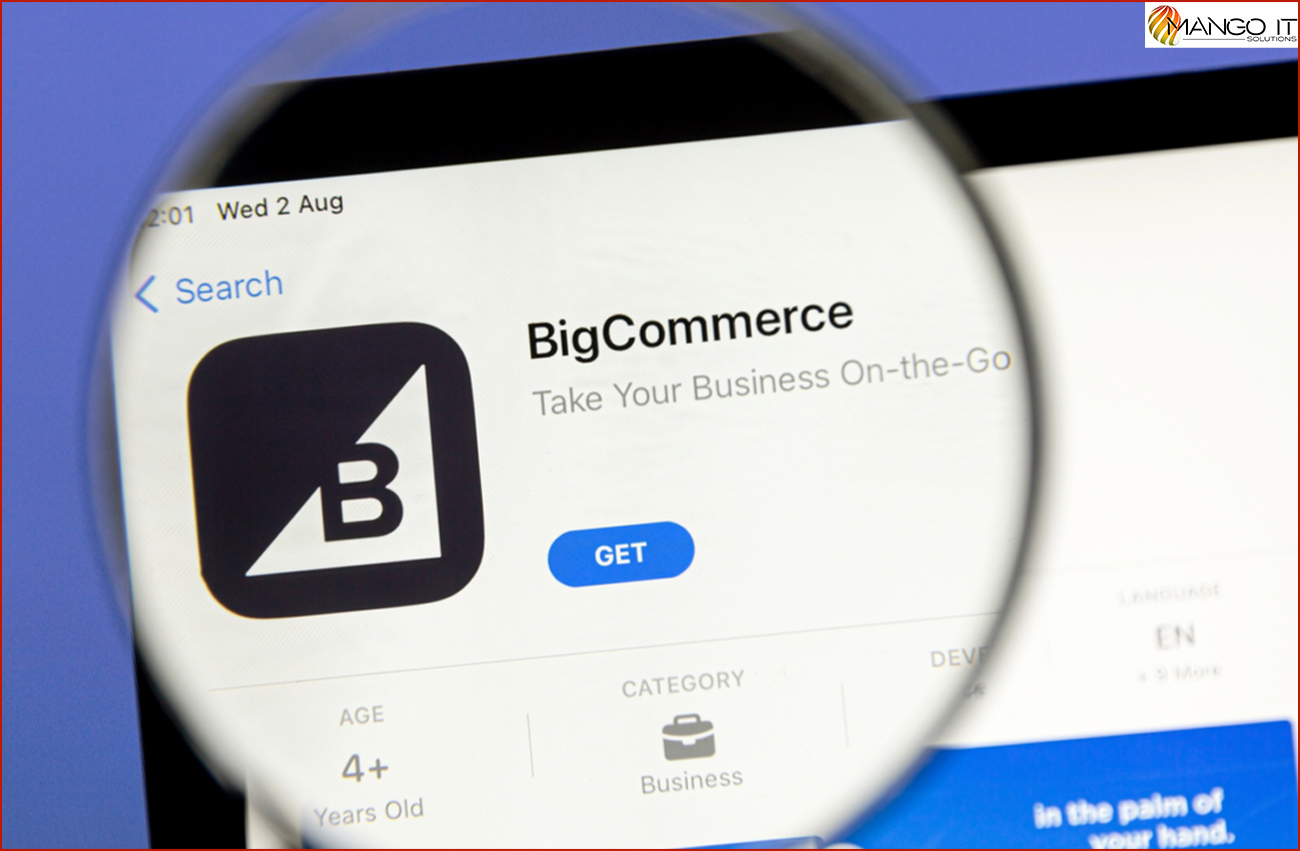

Best for: Mid-to-enterprise B2B brands
BigCommerce offers a “best-of-both-worlds” approach, giving businesses the flexibility of headless with the stability of SaaS — making it ideal for those prioritizing advanced ecommerce UI UX design.
Features:
- REST & GraphQL APIs
- Support for front-ends like React, Next.js, and Vue
- Enterprise-grade security
- Multi-storefront and multi-language support
Example: Ted Baker, London, known for male and female clothing, accessories, aftershaves, and perfumes, built a highly tailored shopping experience using BigCommerce’s headless architecture.
Pros: Great for B2B and complex catalogs, fast integrations
Cons: More developer-intensive than traditional solutions
Type: SaaS with headless support
3. Commerce Layer
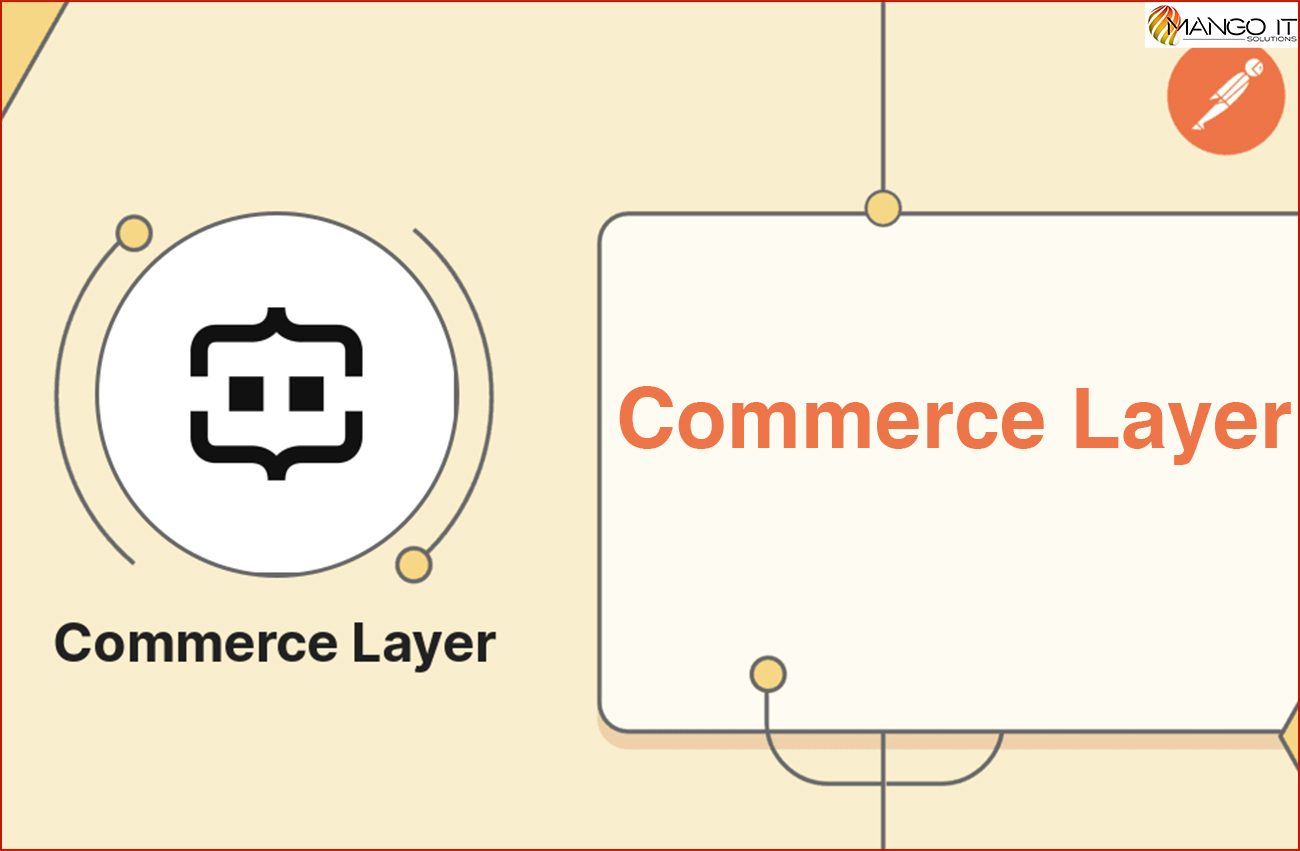

Best for: Global brands needing API-first capability
Commerce Layer is an API-only headless eCommerce platform, designed for speed and scalability. This is great for brands that operate at the international level and require complex pricing structures.
Features:
- Inventory, orders, and pricing via APIs
- Internationalization (multi-currency, multi-locale)
- JAMstack compatible
- PCI-compliant checkout engine
Example: Chilly’s Bottles used Commerce Layer to deliver a lightning-fast shopping experience across several countries.
Pros: Ultra-scalable, great API-first design.
Cons: No built-in CMS or front-end experience—everything is reliant on the developer.
Type: API-first SaaS.
4. Saleor
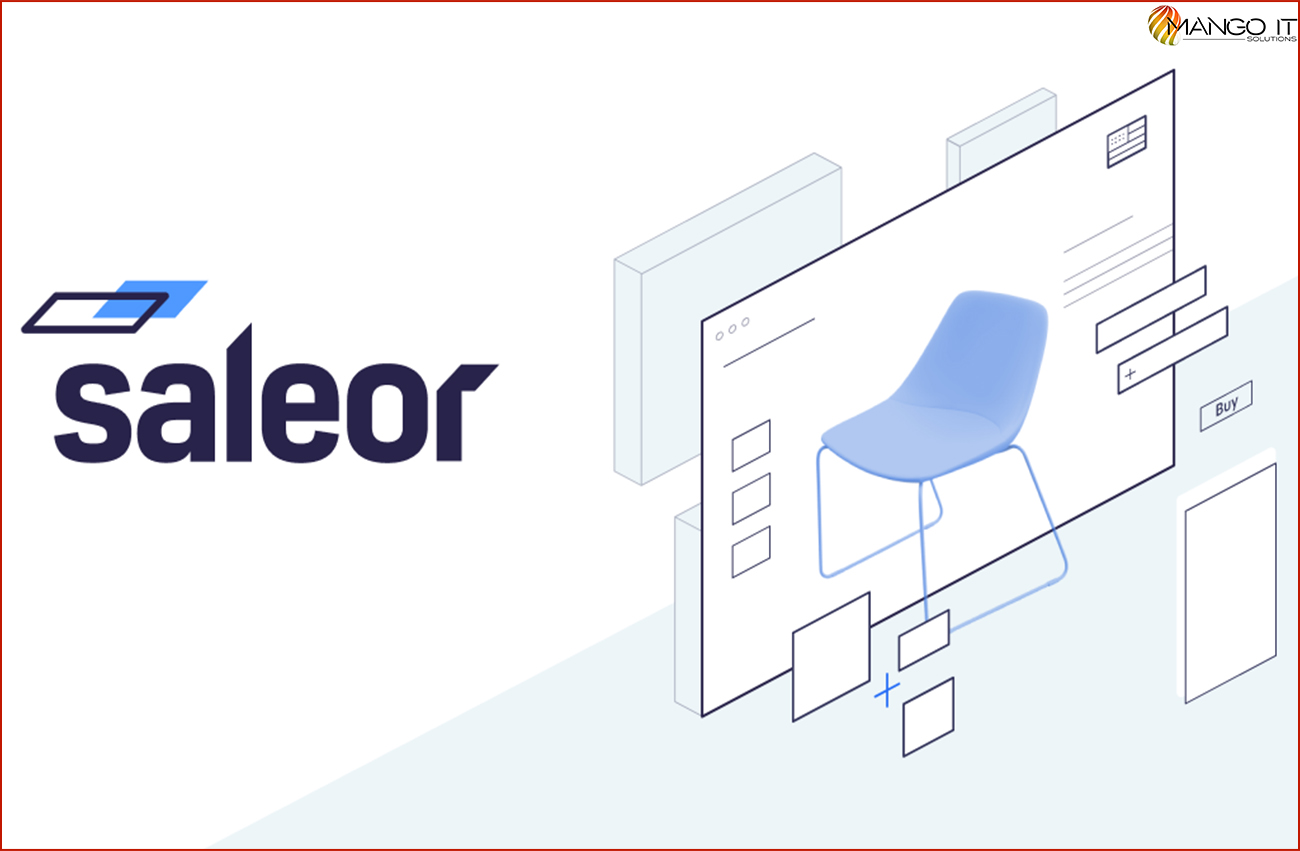

Best for: Developers seeking complete control and open-source power
Saleor is an open-source, GraphQL-driven, high-performance headless eCommerce solution. It’s based on Python/Django and provides advanced tooling for developers.
Features:
- GraphQL APIs
- React/Next.js storefronts
- Integrated PWA support
- Advanced multi-channel functionality
Example: Saleor supports complex marketplaces and brand portals in Europe and the US.
Pros: Completely open source, super fast, developer-first
Cons: More challenging to learn
Type: Best free headless eCommerce platform (open source)
5. Vue Storefront
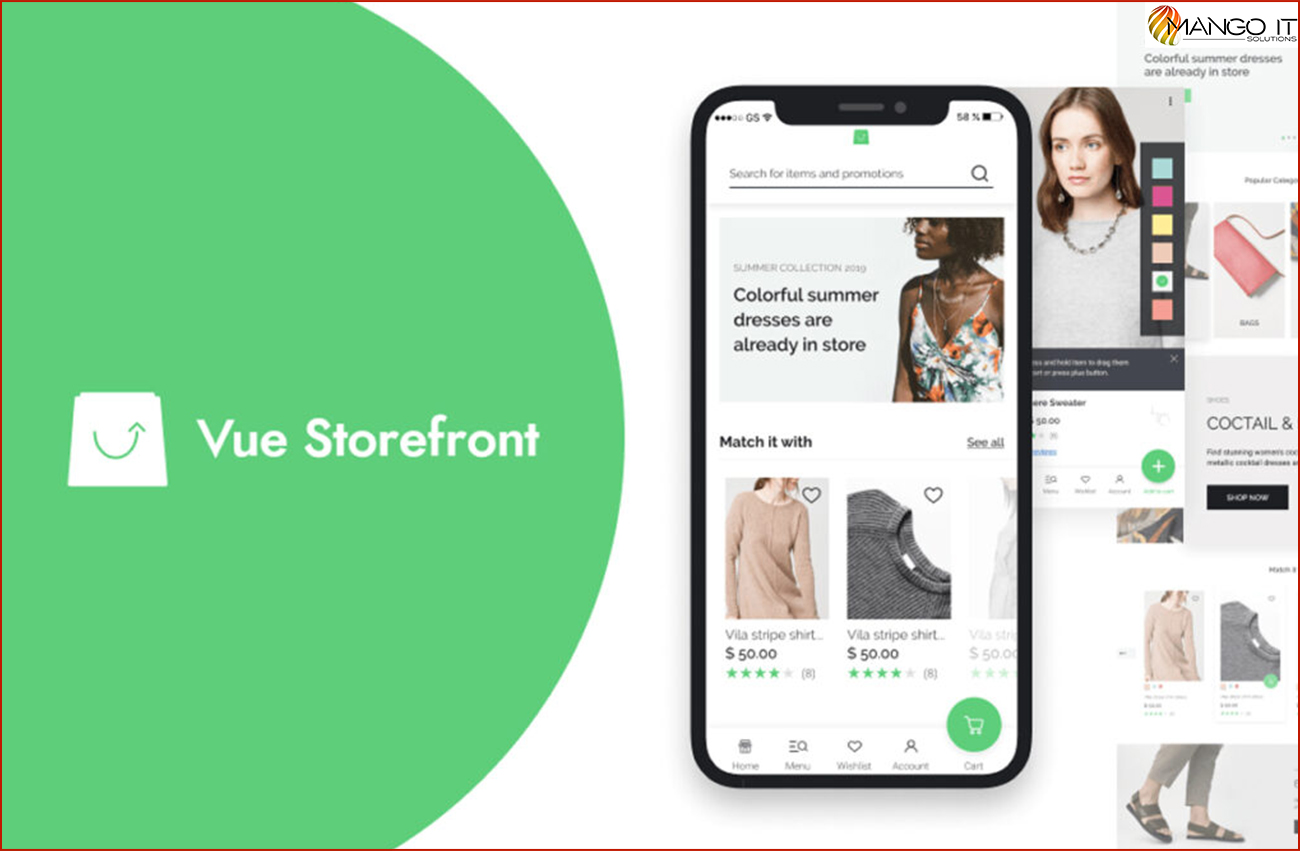

Best for: Front-end flexibility and speed
Not technically an eCommerce engine per se, Vue Storefront is a front-end layer that is compatible with numerous backends (Magento, BigCommerce, Shopify, etc.). Best suited for brands that are going entirely headless with a custom PWA.
Features:
- Vue.js built
- Compliant with any backend through APIs
- Lightning-fast PWA functionality
- Offline functionality, caching, and mobile-first
Example: Furniture store Bolia transformed its mobile buying experience with Vue Storefront.
Pros: Performance-first, PWA-ready
Cons: Backend integration required
Type: Open-source front-end framework
6. Magento 2 (Adobe Commerce) Headless
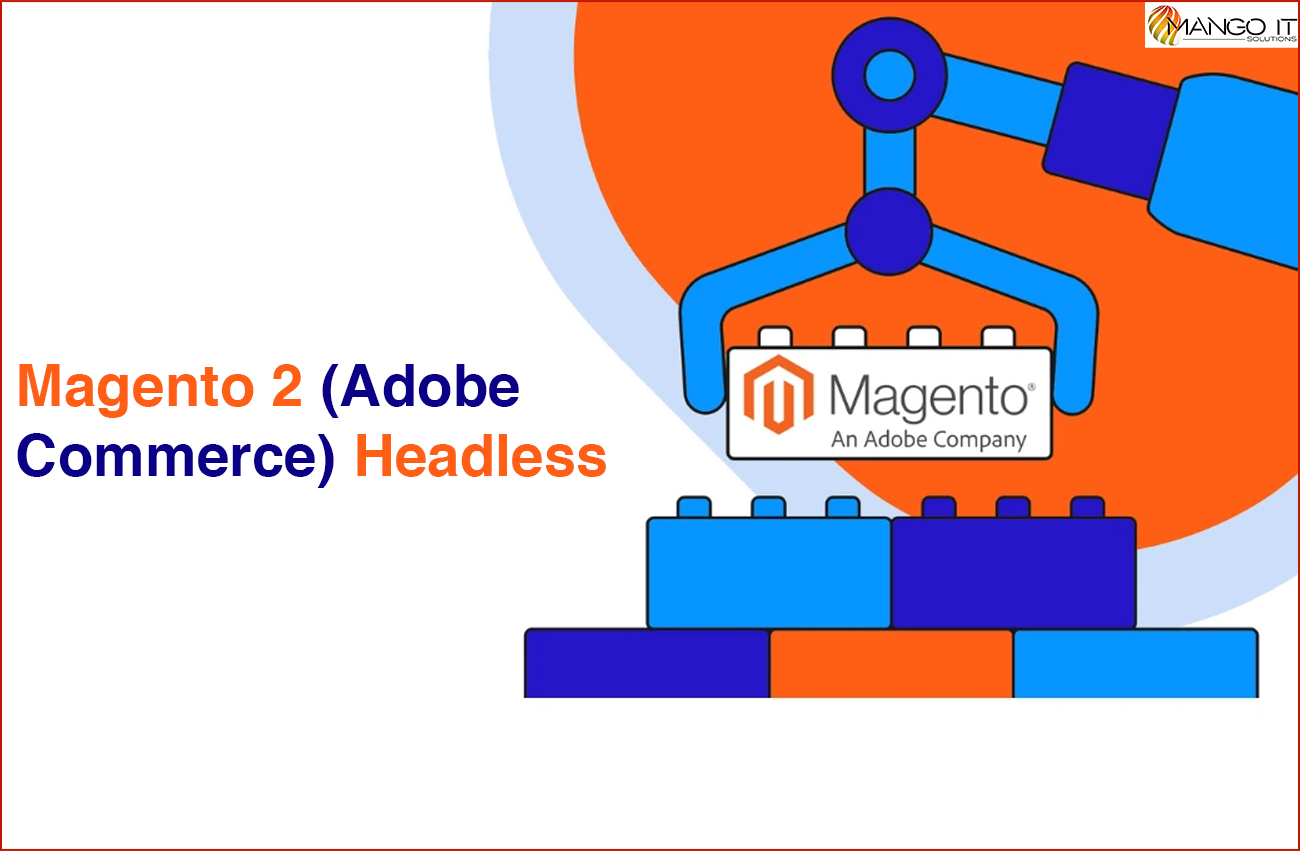

Best for: Enterprise-level brands with established Adobe environments
Magento’s headless solution is through PWA Studio, where merchants can construct decoupled storefronts while maintaining Magento’s robust backend. It’s a powerful choice for businesses investing in Magento 2 web development to create scalable and high-performing digital experiences.
Features:
- REST & GraphQL APIs
- Rich B2B capabilities (quoting, multi-tier pricing)
- PWA Studio integration
- Adobe Suite compatibility in full
Example: Brands such as Helly Hansen achieve multi-region performance and complexity by using Magento in headless mode.
Pros: Magento is excellent for B2B ecommerce , best headless eCommerce websites
Cons: Needs extra development effort
Type: Enterprise software (open source & Adobe cloud)
7. Strapi + Snipcart or Medusa


Best for: Budget-conscious developers constructing custom stacks
Pair Strapi (a headless CMS) with Snipcart or Medusa.js (open-source commerce engines) for maximum freedom in headless configurations.
Features:
- Complete control over content and commerce
- REST/GraphQL support
- No vendor lock-in
- Flexible for JAMstack and static site generators
Example: Indie brands and small startups usually deploy this combo to steer clear of hefty SaaS fees.
Pros: Budget-friendly, customizable
Cons: Needs hands-on development and DevOps
Type: Modular, open-source stack
8. Commercetools
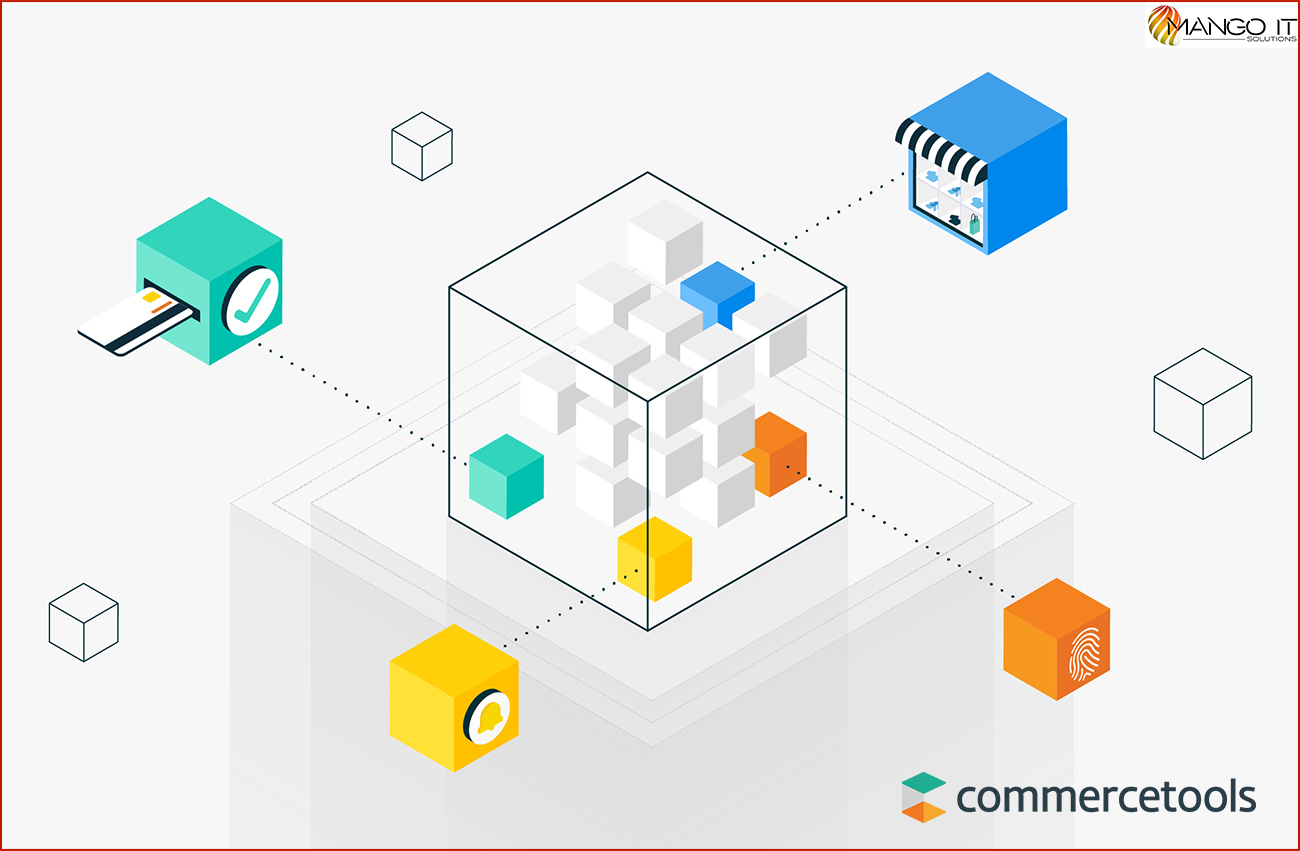

Best for: Enterprise-sized businesses with large engineering resources
Commercetools is a real headless commerce pioneer. It’s API-first, cloud-native, and designed for real scalability — typically used by Fortune 500 organizations.
Features:
- More than 300 microservices
- Support for multi-tenancy
- Global infrastructure support
- Support for composable commerce
For example, Audi, Bang & Olufsen, and Lego all have Commercetools.
Pros: Extremely scalable, enterprise-grade, composable
Cons: Expensive and needs expert devs
Type: Enterprise SaaS
A Few More Headless eCommerce Platforms That You Can Consider
- Contentful + Commerce Layer
- Fabric – Great for quick B2C + B2B launches
- Elastic Path – Flexible for legacy-to-modern transitions
- Centra – Fashion-first, headless architecture
- Spryker – Modular, composable commerce with AI capabilities
Choosing the Right Platform for You
Here’s a quick comparison table:
| Platform | Type | Best For | Open Source? | Strengths |
| Shopify Plus | SaaS | DTC, mid-large brands | No | Speed, ecosystem |
| BigCommerce | SaaS | B2B, omnichannel | No | Open SaaS, extensibility |
| Saleor | Open Source | Developers, custom solutions | Yes | GraphQL, PWA-ready |
| Commerce Layer | API-first SaaS | Global brands, scalability | No | Internationalization, APIs |
| Vue Storefront | Front-end FW | Custom front-end | Yes | Performance, front-end freedom |
| Magento Headless | Hybrid | Complex enterprise deployments | Partial | B2B, Adobe ecosystem |
| Commercetools | Enterprise SaaS | Fortune 500s | No | Microservices, composability |
| Medusa.js | Open Source | Custom builds on a budget | Yes | Developer-friendly, modular |
Headless is the Future of eCommerce
Whether you’re a startup testing new storefronts or an international brand reaching millions of customers, headless eCommerce solutions provide the speed, flexibility, and innovation advantage required.
The greatest headless eCommerce solutions aren’t necessarily the ones with the largest marketing budgets — they’re the ones that align with your ecommerce team structure, business model, developer expertise, and expansion objectives.
So, don’t simply ask “what is a headless eCommerce platform?”, ask yourself what you need to do with it. Then choose the platform that gives you the power to get there.
Power Your eCommerce Vision with Mango IT Solutions
Ready to go headless? At Mango IT Solutions, we build blazing-fast, future-proof headless eCommerce solutions designed around your specific requirements.
Let’s create your next-gen eCommerce store, the headless way.
Call us today for a free consultation and learn how we can make your digital vision a reality.
